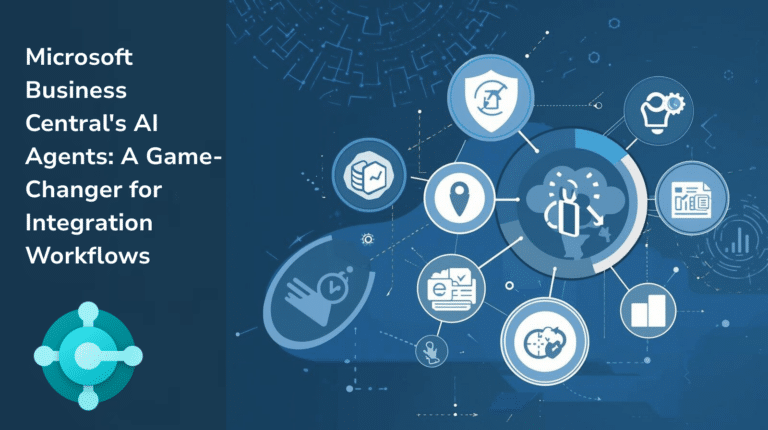The food and drink industry is undergoing a rapid transformation. Rising consumer expectations, global supply chain pressures, and stricter regulatory standards are pushing businesses to innovate, improve efficiency, and adopt sustainable practices. Understanding how digital transformation can help is no longer optional – it’s critical for growth and resilience.
1. Evolving Market Trends and Consumer Preferences
Consumers are more informed and selective than ever. They demand transparency, sustainability, and quality. Food and drink businesses must understand these trends and adapt their products, packaging, and operations to meet evolving expectations. Digital tools, including data analytics, can help track trends, monitor consumer sentiment, and identify emerging opportunities in domestic and export markets.
2. Overcoming Operational Challenges
Margins in the food industry are tight, and operational challenges like traceability, compliance, and waste reduction are persistent. Advanced ERP (Enterprise Resource Planning) and MRP (Manufacturing Resource Planning) systems allow businesses to:
-
Monitor supply chains in real time
-
Automate inventory and production planning
-
Reduce errors and inefficiencies
-
Ensure compliance with regulatory standards
These systems help businesses maintain quality while optimising costs and resources.
3. Using Digital Tools for Efficiency
Modern digital tools can transform every aspect of a food and drink operation:
-
ERP & MRP systems streamline planning and production
-
Data analytics identify bottlenecks and optimise output
-
E-commerce platforms open new sales channels and improve customer engagement
By integrating these tools, businesses can increase productivity, make informed decisions, and respond faster to market changes.
4. Building a Culture of Digital Transformation
Technology alone isn’t enough – success depends on people and processes. Businesses should focus on:
-
Training and engaging teams in new digital systems
-
Encouraging a culture that embraces innovation
-
Aligning leadership and staff around transformation goals
A strong culture ensures that digital adoption is effective, sustainable, and impactful.
5. Quick Wins vs Long-Term Strategy
Digital transformation should balance short-term improvements with long-term growth:
-
Quick wins: Automate repetitive tasks, improve reporting, optimise inventory
-
Long-term strategies: Integrate AI, predictive analytics, and advanced planning tools to future-proof operations
By combining immediate improvements with strategic investments, businesses can stay competitive in the fast-evolving food & drink sector.
Learn More from Industry Experts
To explore these topics in detail, hear real-world examples, and gain actionable insights from industry leaders, join our upcoming webinar:
Digital Transformation in Food & Drink: Navigating Trends, Challenges & Opportunities
Date: 5th November | Time: 11:00 AM
Featuring:
-
Lucy Ryan, Head of Food & Beverage Sector, Bank of Ireland
-
Ciara Troy, Founder & MD, Oishii Sushi
-
Jo Davey, Founder & MD, Jo’s Absolute Nutrition
-
Rohit Thakral, CEO, Target Integration (Moderator)
👉 Register here to secure your spot: Zoom Registration Link




